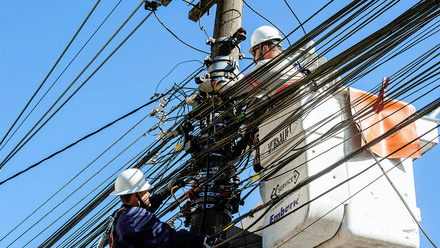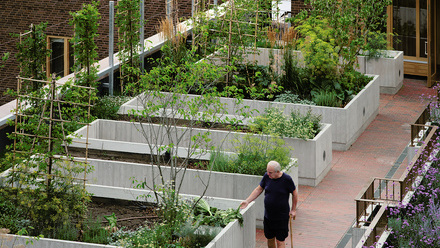Spaces for all
Obstructions and cluttered pedestrian spaces can have a massive impact on people with visual and mobility impairment. The way these areas are designed and maintained affects how usable they are for different people. Many towns and cities are now exploring ways to make more inclusive, user-friendly environments.
A new project in Stockton in the UK is aimed at enhancing pedestrian areas by reducing ‘street clutter’. The work, which is being funded from a £20 million grant secured from the government in 2021, will improve footpaths and provide seating spaces. And in Amsterdam, a well-known towering bike parking lot is being dismantled to provide a cleaner, more open space in the heart of the city.
The growing use of electric vehicles, charging cables, e-scooters and e-bikes provides clear benefits in sustainability and convenience. But as technology advances, it also introduces more ‘clutter’ to our spaces. As planners work to remove barriers and challenges pedestrians face, it’s vital to find ways of integrating technology that enhance accessibility.
A recent study looked at the most effective ways to incorporate tactile technologies to keep all road users (pedestrians, cyclists and drivers) safe. The research, published in the journal Applied Ergonomics, explored the potential of wearable haptic technologies as warning systems in road traffic scenarios.
The study said: “Nowadays, road users must constantly observe changes on the road, while at the same time, many other activities disturb their concentration while driving. Driving a car, cycling or walking on the pavement comes with the responsibility to ensure the safety of oneself and others. People must pay constant attention to changes, as the current traffic situation can change rapidly. Consequently, the haptic vest was classified as a potentially effective low cognitive load device in localisation performance. The findings could inform the design of early warning systems for obstacle detection in real traffic situations.”






